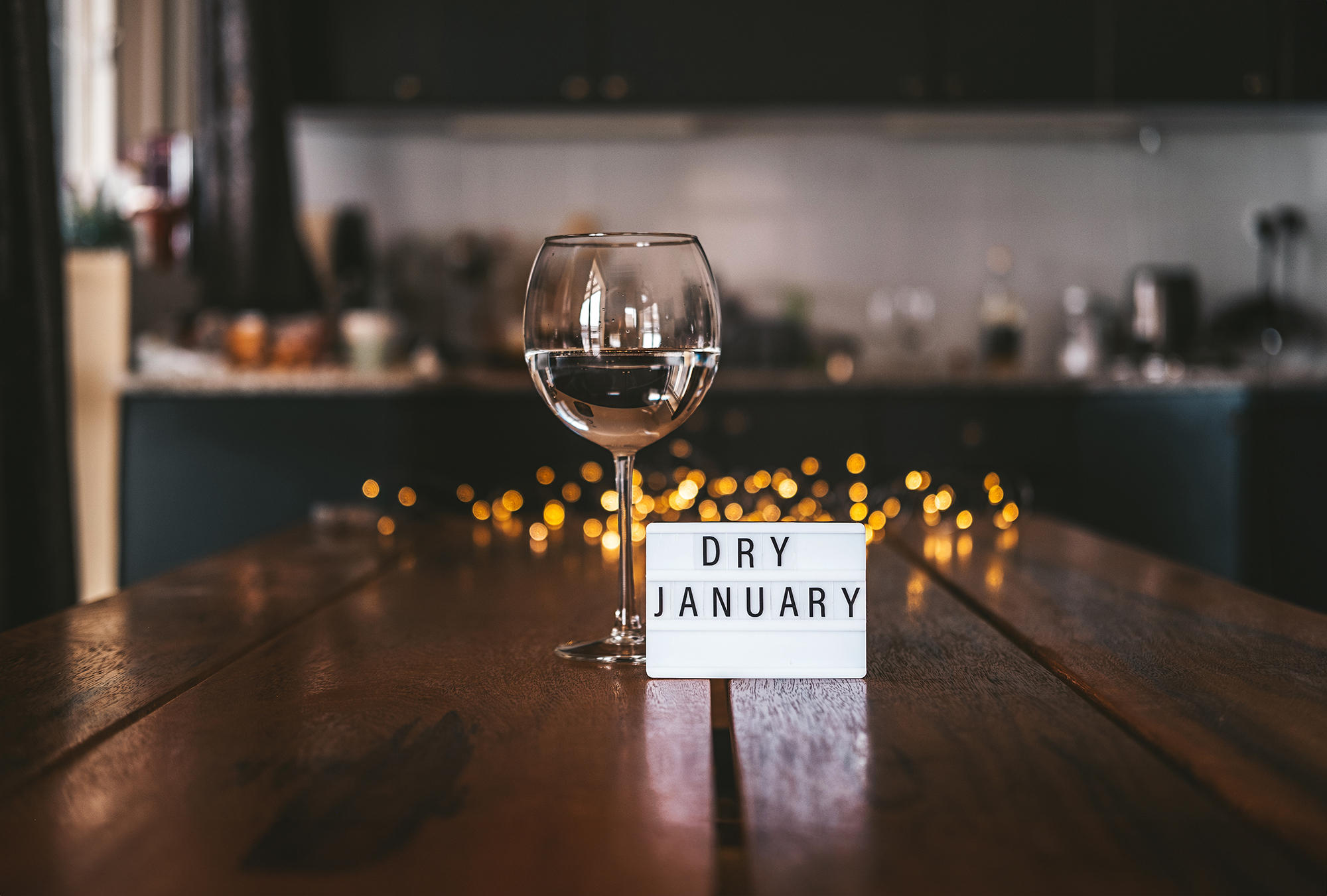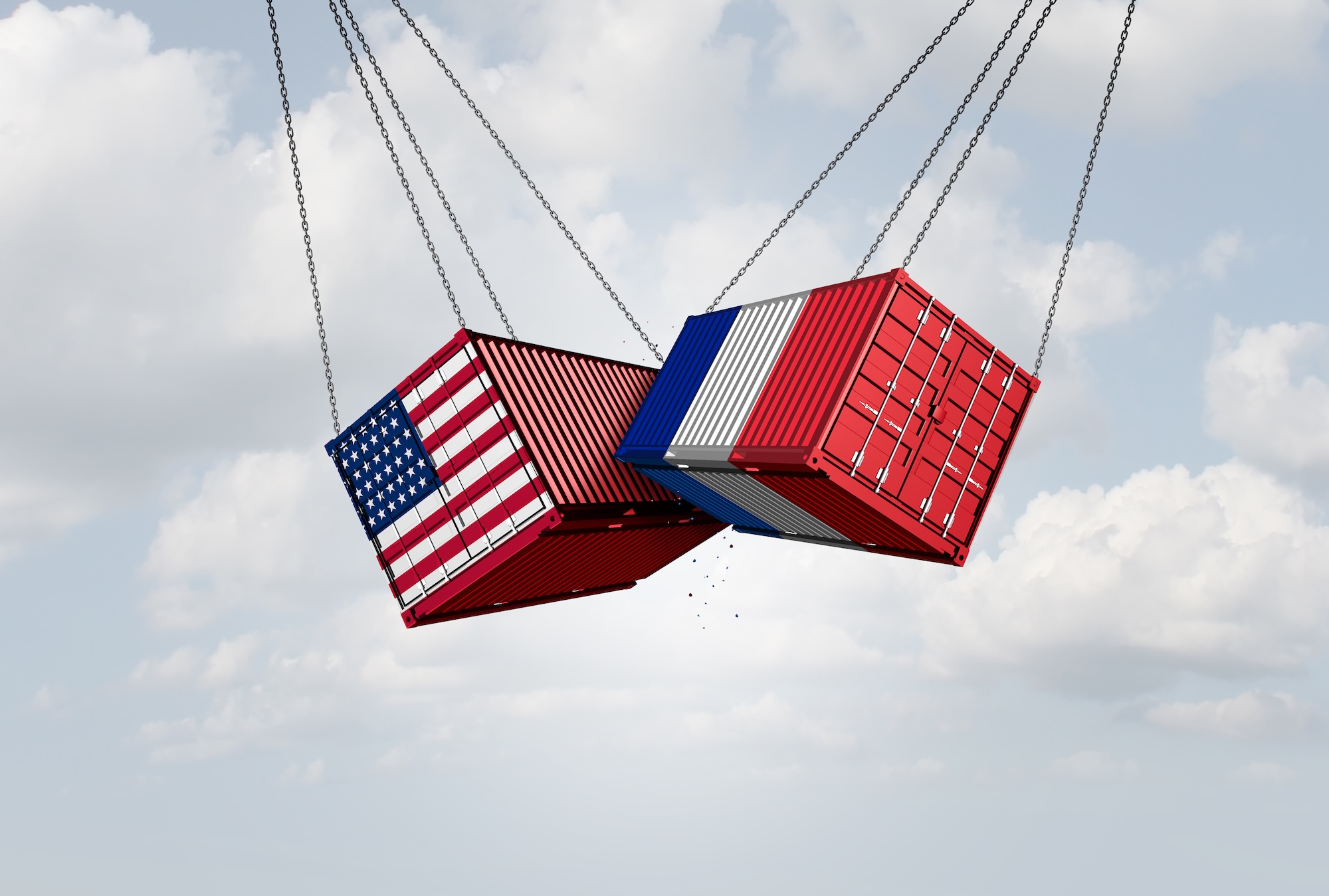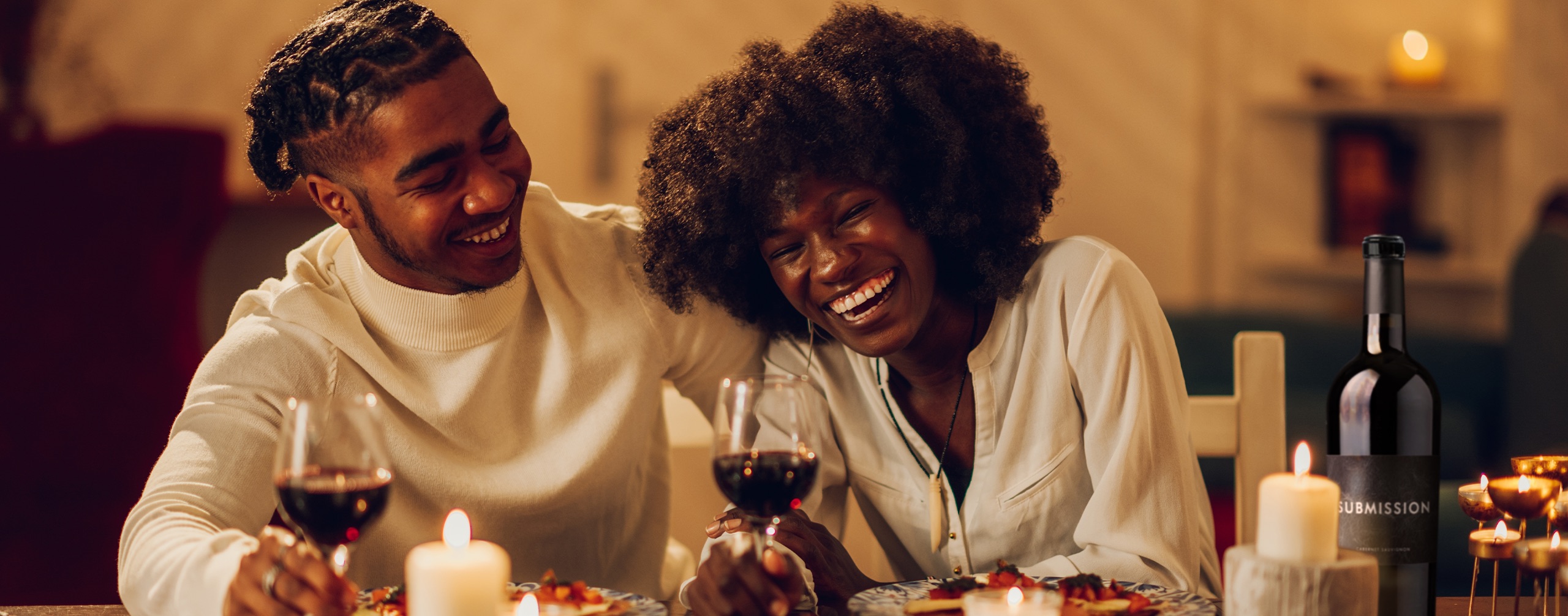
Stay Informed
Get the latest news, trends, and industry insights.
In a world where wellness takes center stage, the rising trend of low and no-alcohol beverages represents a significant cultural shift. The past few years have witnessed a major surge in these alternatives, challenging traditional notions of social drinking and redefining the concept of a satisfying libation. Recently, alcohol delivery platform Drizly announced its non-alcoholic sales were up by 62% in 2023 and show no signs of slowing down.
As it’s Dry January, we’re here to examine the rise of low- and no-alcohol beverages and provide insights on potential marketing opportunities for these brands.
History of Low-Alcohol and Nonalcoholic Drinks
The history of low- and no-alcohol drinks is far from recent. Their roots trace back centuries, with early iterations including non-alcoholic beers in the Middle Ages and prohibition-era mocktails in the 1920s. Still, as consumers have become more health-conscious in recent years, non-alcoholic beverages have surged in the market.
What Is Low/No Alcohol?
Low-alcohol beverages typically contain less than 0.5% alcohol by volume (ABV), while no-alcohol variants have virtually no alcohol content, often staying under 0.05% ABV. Understanding the terminology is crucial. This distinction caters to a broad spectrum of consumer preferences, and brands need to ensure their marketing statements adhere to the guidelines.
What’s Driving the Demand for Low/No-Alcohol Drinks?
The meteoric rise of low- and no-alcohol beverages is propelled by multiple factors, including:
- Consumers wanting delicious, guilt-free drinks
- Increased prioritization of mental health and well-being
- Efforts to improve sleep, diet, and fitness routines
Furthermore, part of this surge was influenced by the pandemic, which prompted many to reconsider their drinking choices amidst changing social norms.
Today’s Top Low/No-Alcohol Brands
Several trailblazing brands have successfully capitalized on this trend. From established breweries offering non-alcoholic variations to innovative startups crafting unique, sophisticated flavors, the market is brimming with diverse offerings catering to various tastes.
Some of our favorite brands include Surely, Betty Buzz, and Ghia, which offer a range of non-alcoholic wines, spirits, and mixers. From beautiful packaging to creative marketing tactics and celebrity owners fueling consumers’ brand love, these brands are getting it right.
Surely
Capitalizing on the Dry January campaign as its consumer hook, Surely sold thousands of bottles of its NA wine in January 2023. Driven by a clear mission to normalize NA wine in Napa, Surely’s savvy marketing and positioning have helped the company become a media darling and leading NA wine brand, garnering favorable reviews in Sports Illustrated, PureWow, Men’s Journal, and more.
Betty Buzz
After selling millions of bottles within its first year, Blake Lively’s brand isn’t just another celebrity brand. It’s a brand that’s making its mark by getting crafty with smaller marketing budgets and ingraining itself in pop culture with entertaining ads like this one that ran during last year’s Puppy Bowl.
Ghia
Led by a female founder with a compelling story, Ghia also came along during a pivotal pop culture moment, providing a non-alcoholic aperitif made with real ingredients for those who love a spritz. The refreshing taste and chic packaging have also helped the brand net positive reviews and generate fandom among foodie and lifestyle consumers, making this NA spirit one to watch.
Positioning Your Brand in the Low- and No-Alcohol Category
With double-digit growth in sales, the low- and no-alcohol sector is gaining momentum, and it’s not just confined to standalone beverages. Opportunities abound in various verticals, including mixology and physical experiences. But regardless of the vertical, the right positioning and marketing mix is the key to success.
Before you launch your product, you must first consider what problem it solves — and for whom — to guide your positioning and marketing efforts. Emphasizing taste, wellness benefits, and lifestyle choices is pivotal. For example, brands like Lyre’s, a non-alcoholic spirit offering, are popular because their products, such as American Malt, taste exactly the same, so consumers won’t need to compromise or feel guilty when they enjoy an NA Old Fashioned.
Differentiation is equally as important. Creating a compelling narrative around the “why” behind your product — an ownable story distinctive to your brand — can help you establish a strong foothold in the market. Given the category and consumers, emphasizing quality ingredients, lifestyle benefits, taste, and unique brewing/distillation processes can pave the way for appealing branding or packaging that also sets your product apart.
PR + Marketing Opportunities
When it comes to marketing and PR for low-alcohol and nonalcoholic drinks, lean into your narrative and curate ownable content, campaigns, and experiences that directly tie back to your brand and mission.
You can leverage social media platforms and influencer partnerships for amplified visibility or create a physical space for consumers to experience your brand (such as a sober bar in a key market). You could also forge a partnership that inserts you into pop culture or focus on telling your story to the right reporters. In today’s world, the possibilities are endless.
Enlisting the support of experts, such as an agency, could be incredibly impactful for your brand and your revenue. When you’re so close to your own story or business needs, it’s easy to have tunnel vision. Establishing trusted partners who will counsel you along your journey can help you see the bigger picture and develop a strategy to meet your goals.
A Healthy Future for Low- and No-Alcohol
The rise of low- and no-alcohol beverages represents a fundamental shift in consumer preferences, driven by a desire for wellness, inclusivity, and choice. This burgeoning market presents a wealth of opportunities for brands willing to embrace innovation, creativity, and a holistic understanding of evolving consumer needs.
As the movement toward mindful drinking gains momentum, it's clear that low- and no-alcohol beverages are more than just a passing trend; they’re positioned to be a permanent fixture that shapes the future of the beverage industry.
Need help marketing or positioning your low- or no-alcohol brand? We've helped other brands navigate this space and would love to help you. Contact us to explore how we can best work together.
Stay Informed




